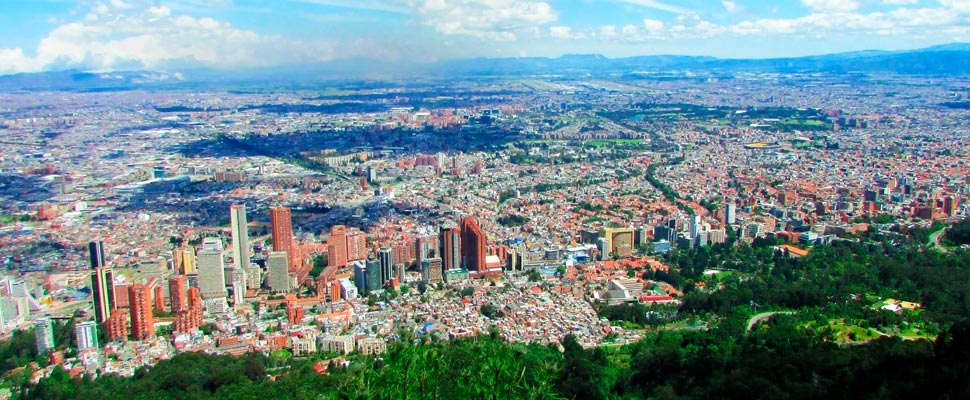Latin American Cities With Programs To Manage Climate Change
The climate leadership group, known as the C40 is made up of a group of cities that share their efforts to reduce carbon emissions in the atmosphere and to adapt to climate change.

The Woman Post | Catalina Mejía
Listen to this article
These cities consider climate change as the greatest challenge of the modern world and try to develop always bearing in mind the care of the environment and the wellbeing of their citizens.
It is worth highlighting that 70% of cities that are members of C40 have implemented actions towards the mitigation of contamination and climate change. In 2017 in Chicago, C40 was proud to announce the 10 more sustainable cities in the world which are making efforts towards finding solutions for one of the greatest environmental threats that humanity is facing, known as climate change.
As a climate network, the C40 supports cities to collaborate and share knowledge and sustainable action on climate change. Let's explore what some cities in Latin America are doing to avoid catastrophic climate change.
1. Bogotá
The 2019 Bogotá City Master Plan (Plan de Ordenamiento Territorial) is a public policy plan for urban and rural regulation that for 12 years. It aims to encourage public transportation bearing in mind that 9 lines of Bus Rapid Transit (Transmilenio) have been built and plans two additional lines and the first metro line in Bogotá. It also hopes to doublé the city’s 550km of cycling paths by 2050. Bogotá is also the first city in Colombia to implement the Green Hospital Program which intends to improve the environmental performance of its public hospitals by using alternative sources of energy. Some projects have already been done such as a wind power installation at Santa Clara Hospital and solar water heating at Suba Hospital.
Also read: ENVIRONMENTALLY FRIENDLY CLOTHES YOU DIDN'T KNOW ABOUT
2. Buenos Aires
This city intends to promote energy efficiency for its inhabitants. With the residential sector as a target, they created the Project “Pásate a LED,” which is a light replacement Project that encourages people to switch to led. The citizens of Buenos Aires will significantly save on energy consumption, which will be reflected don 14%less energy spent on average per month. They also banned disposable plastics in supermarkets in 2017 and are progressively banning disposable plastic straws in restaurants, dance halls, hotels, and shopping centers. They promote reusable bottles over the Recharge Your Bottle Program.
3. México City
This city implemented Rainwater Harvesting as a way to reduce the impacts of floods, increase water security and guarantee rights to water and health. They also installed solar water heating systems and energy retrofits in 12 hospitals, expecting to save around 750 tons of CO2 equivalent. Another important initiative is that México City’s Ministry of the Environment manages the Voluntary Sustainable Buildings Certification Program which is incentivized through tax reductions. Since its creation in 2009, 40 buildings have been certified resulting in a total reduction of 20.1 million kWh of electricity, 205,690 m3 of potable water, and 66,120 tons of CO2eq, according to C40.
Browsing through the C40 webpage is a great way to find inspiration by reading through the different innovative ideas of cities around the world that are playing their part to avoid a catastrophic climate disaster.




